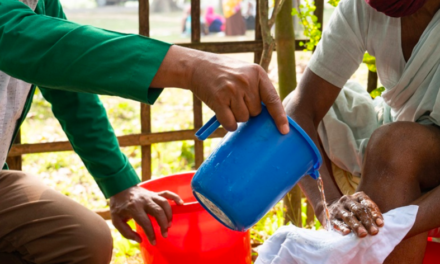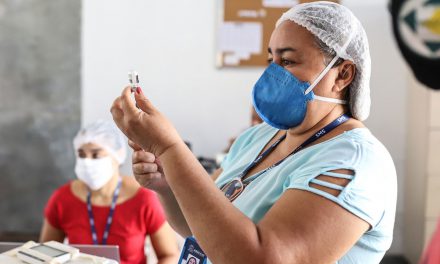Over 60% of the world’s 1.25 billion tobacco users – more than 750 million people – wish to quit, yet 70% lack access to effective cessation services. This gap exists due to challenges faced by health systems, including resource limitations.
“The immense struggle that people face when trying to quit smoking cannot be overstated. We need to deeply appreciate the strength it takes and the suffering endured by individuals and their loved ones to overcome this addiction,” said Dr Rüdiger Krech, Director of Health Promotion at WHO. ”These guidelines are designed to help communities and governments provide the best possible support and assistance for those on this challenging journey.”
Effective therapies for quitting tobacco
Combining pharmacotherapy with behavioural interventions significantly increases quitting success rates. Countries are encouraged to provide these treatments at no or reduced cost to improve accessibility, particularly in low- and middle-income countries.
WHO recommends varenicline, Nicotine Replacement Therapy (NRT), bupropion, and cytisine as effective treatments for tobacco cessation.
In 2023, WHO initiated a prequalification procedure for medicinal products against disorders caused by tobacco use to improve global access to recommended tobacco cessation medications. In April 2024, Kenvue’s nicotine gum and patch became the first WHO-prequalified NRT products.
WHO recommends behavioural interventions, including brief health worker counselling (30 seconds to 3 minutes) offered routinely in health-care settings, alongside more intensive behavioural support (individual, group, or phone counselling) for interested users. Additionally, digital interventions such as text messaging, smartphone apps, and internet programmes can be used as adjuncts or self-management tools.
WHO encourages health-care providers, policy-makers, and stakeholders to adopt and implement this guideline to promote tobacco cessation and improve the health of millions of people in need worldwide.











